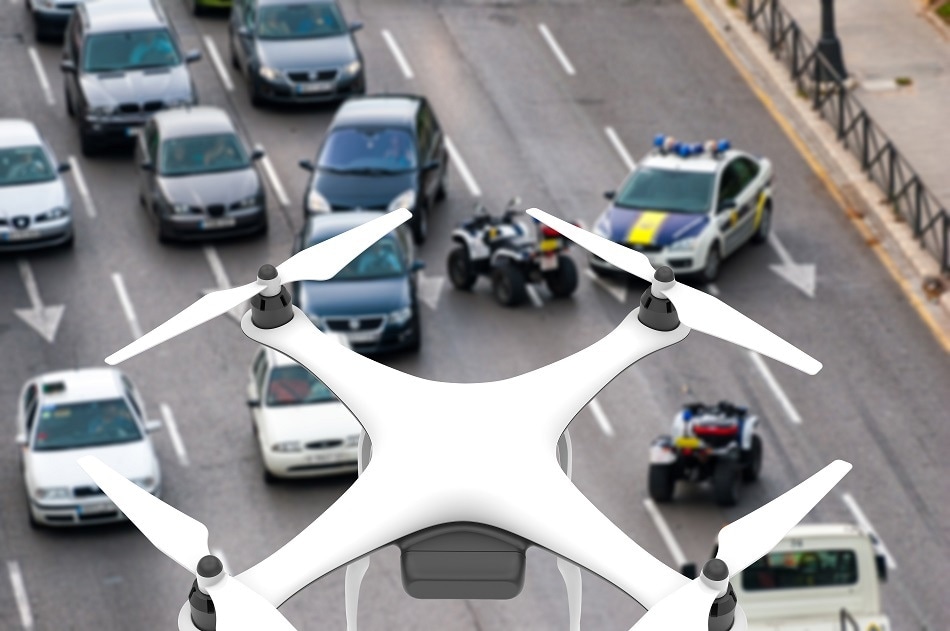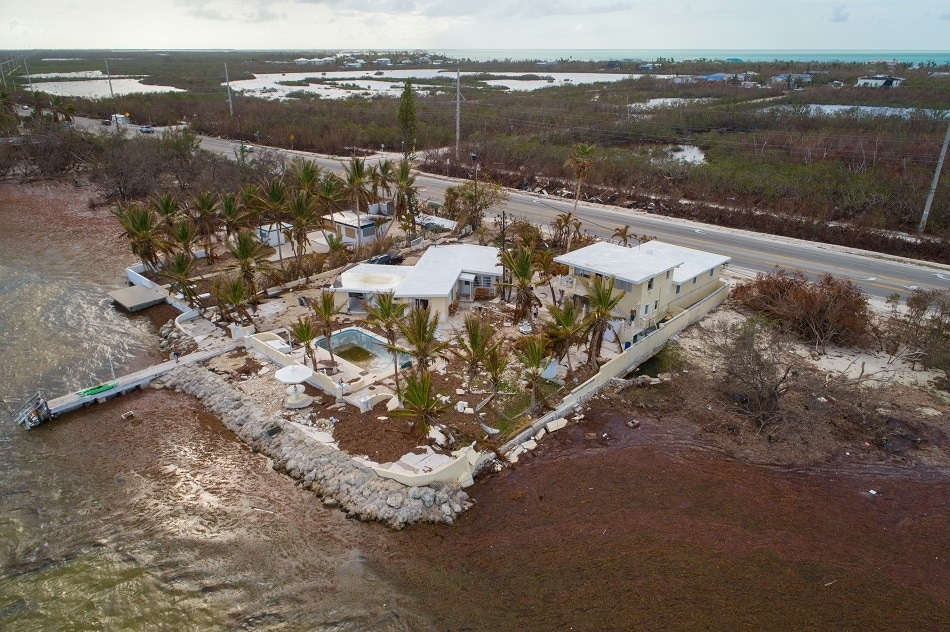
Shutterstock.com/cla78
The scene of the crime; perhaps the most iconic phrase associated with law enforcement. However, the recent introduction of UAVs, most often referred to as drones, into police units gives a whole new perspective to this famous expression.
The scene of the crime may now be swiftly and effectively viewed from above, an invaluable asset to the capabilities of the Police force.
The Introduction of Drones into the Police Force
Although certainly classed as a novel technology, the history of drones in fact dates back to World War I. The foremost model of which was developed by the US military for use as an aerial missile with a humble catapult serving as the propulsion system.
It is therefore understandable that it is only in recent years that UAVs have begun to seep into the public sector, allowing for this primitive design to undergo significant development.
In 2017, Devon and Cornwall Police in collaboration with the Dorset Police division launched the UK’s first dedicated drone unit. Equipped with high focal cameras and infrared imaging at a cost of approximately £8000 per unit, the six latest recruits are operated by three full time staff and have proved their worth as assistants to crime scene documentation, traffic monitoring and search and rescue missions.
Although this is the UK’s first full time UAV police unit, many other law departments have also integrated drones into their operations. The US in particular appear to be leading the way with this technology acquisition, with 347 divisions documented as being in possession of drone permits as of 2017.
In addition to the applications demonstrated by the Devon, Cornwall and Dorset fleet, UAVs have also been successfully used to aid disaster response and the mapping of densely populated sites.
Disaster Relief
It is true that a bird’s eye view can already be offered by helicopters. However when considering the speed, agility, and dramatic reduction in cost with which a UAV can be operated, it is evident that for certain applications, drones provide the most practical solution. The provision of air support to the rescue and recovery response to Hurricane Irma in September 2017, was a key example of such a case.

Shutterstock.com/Felix Mizioznikov
The drone fleet, operated by the Daytona Beach Police Department (DBPT), served two principal objectives: identifying the optimum route to those in need of rescue, and secondly capturing images prior to and immediately after the hurricane in order to provide evidence to the Federal Emergency Management of the extent of the destruction.
As explained by Anthony Galante, a Veteran Federal Officer of the DBPT, there was no debate in the rationale behind this strategic choice of resource. In comparison to the $1.4 million USD price tag of a helicopter, the drones were launched from the boot of a car at a mere cost of $1200 USD per vehicle, no more than 24 hours after the hurricane had struck.
Location Mapping
This application has possibly the widest impact on the safety of the general public. With the integration of powerful cameras, such as the model offering 30x optical zoom used by Sussex Police, high resolution images of shopping centers and other highly frequented locations have been captured and combined to create orthomosaic maps. Having these images readily accessible enables officers to be immediately briefed on the situational logistics in the event of a fire, shooting or other situation requiring tactical response.
Opposition to Drone Use
Despite the clear benefits offered by drones, their acquisition into law enforcement has, and continues to, stimulate controversy. The primary root of this opposition lies with public concern that the 24/7 surveillance capabilities will be an invasion of privacy. This alarm was felt so strongly by Seattle residents that the state’s Police department were forced to withdraw their UAV programme in 2013 following a heated public hearing surrounding the matter.
In order to placate remaining concerns, the police stress that they firstly must obtain a permit from the Civil Aviation Authority to govern the vehicle, and secondly that their operational use is deemed as “surveillance camera code compliant” in accordance with the 2012 Protection of Freedoms Act.
Regardless of this resistance, the number of drone permits issued to police departments continues to increase, propelled by such success stories as the Daytona Beach Hurricane response. However, the applications mentioned above only touch on a few of the possible operational uses.
In a manner akin to that of the invention of infrared imaging, it is certain that as this technology continues to advance, so will the diversity and frequency with which drones are integrated into police operations until it is in an integral part of the modern public safety system.
Sources
Disclaimer: The views expressed here are those of the author expressed in their private capacity and do not necessarily represent the views of AZoM.com Limited T/A AZoNetwork the owner and operator of this website. This disclaimer forms part of the Terms and conditions of use of this website.